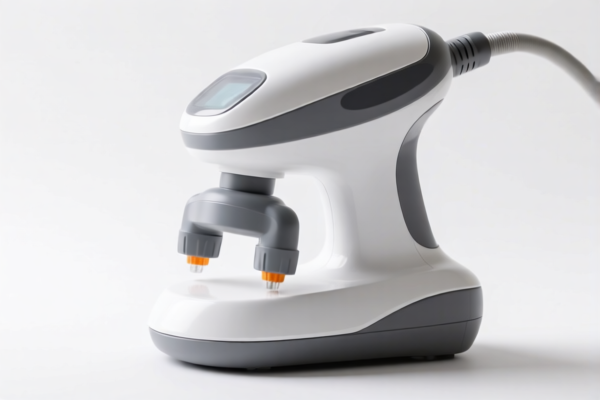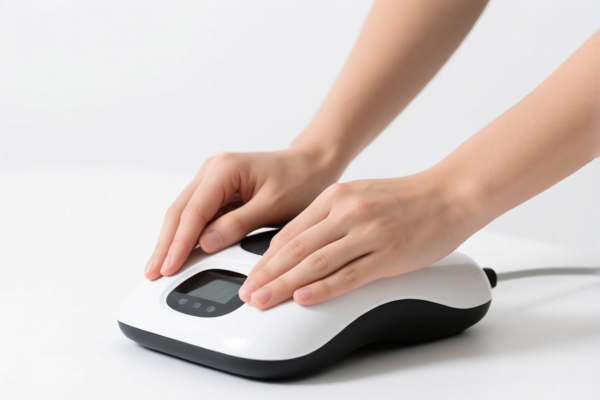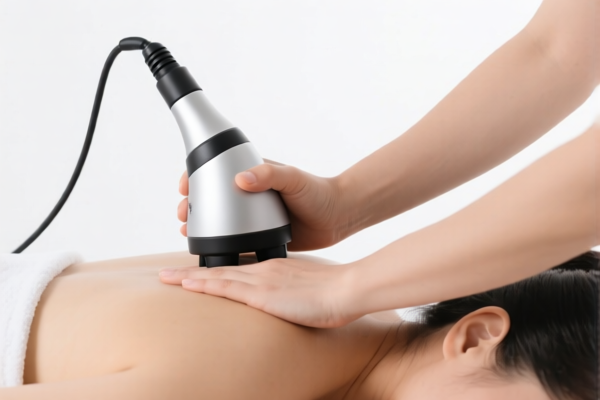| HS Code | Official Doc | Tariff Rate | Origin | Destination | Effective Date |
|---|---|---|---|---|---|
| 3402905030 | Doc | 58.7% | CN | US | 2025-05-12 |
| 3401200000 | Doc | 55.0% | CN | US | 2025-05-12 |
| 3405900000 | Doc | 55.0% | CN | US | 2025-05-12 |
| 3404905150 | Doc | 55.0% | CN | US | 2025-05-12 |
| 3404901000 | Doc | 55.0% | CN | US | 2025-05-12 |
| 8205513030 | Doc | 58.7% | CN | US | 2025-05-12 |
| 8206000000 | Doc | The rate of duty applicable to that article in the set subject t+30.0% | CN | US | 2025-05-12 |
| 8214909000 | Doc | 1.4¢ each + 3.2%+30.0% | CN | US | 2025-05-12 |
| 9603100500 | Doc | 38.0% | CN | US | 2025-05-12 |
| 9603100500 | Doc | 38.0% | CN | US | 2025-05-12 |
| 9620005000 | Doc | 60.3% | CN | US | 2025-05-12 |
| 9620006500 | Doc | 57.9% | CN | US | 2025-05-12 |
| 3926901000 | Doc | 40.9% | CN | US | 2025-05-12 |
| 3926901000 | Doc | 40.9% | CN | US | 2025-05-12 |
| 3924104000 | Doc | 33.4% | CN | US | 2025-05-12 |
| 3924905650 | Doc | 40.9% | CN | US | 2025-05-12 |




Cleaning Stick
A cleaning stick is a tool utilized for cleaning, typically employing a handle affixed to a cleaning medium. These tools are designed to extend reach and apply force to surfaces without direct physical contact, making them suitable for various cleaning tasks.
Material:
- Handle: Commonly constructed from materials like wood, plastic (polypropylene, PVC), aluminum, or stainless steel. Aluminum and stainless steel handles offer durability and resistance to corrosion, while plastic and wood are more cost-effective.
- Cleaning Medium: This varies significantly based on the application. Common materials include:
- Cotton: Used in swabs for delicate cleaning, disinfecting, and applying solutions.
- Foam: Often used for applying solvents, cleaning electronics, or reaching tight spaces.
- Non-woven fabric: Found in mops and dusters for general surface cleaning.
- Bristles (natural or synthetic): Employed in brushes for scrubbing and removing debris.
- Microfiber: Used in dusting and wiping cloths for attracting and holding dust and dirt.
Purpose:
The primary purpose of a cleaning stick is to facilitate cleaning in areas that are difficult to access or require minimal physical contact. This includes: * General Surface Cleaning: Removing dust, dirt, and debris from floors, walls, and other surfaces. * Disinfection: Applying cleaning solutions to sanitize surfaces. * Detail Cleaning: Cleaning intricate parts of machinery, electronics, or furniture. * Precision Cleaning: Applying small amounts of cleaning agents to specific areas.
Function:
Cleaning sticks function by providing a lever for applying force and directing a cleaning medium to a target surface. The handle allows the user to maintain a safe distance from the cleaning area, reducing physical strain and potential exposure to harmful substances. The cleaning medium then removes dirt, dust, or other contaminants through physical abrasion, chemical action, or adsorption.
Usage Scenarios:
- Household Cleaning: Mopping floors, dusting furniture, cleaning windows, and scrubbing bathrooms.
- Industrial Cleaning: Cleaning machinery, equipment, and factory floors.
- Electronics Maintenance: Cleaning circuit boards, connectors, and other sensitive components.
- Medical and Laboratory Cleaning: Disinfecting surfaces and cleaning instruments.
- Automotive Detailing: Cleaning interior components and reaching tight spaces.
Common Types:
- Mops: Feature a handle attached to an absorbent head, typically made of cotton, microfiber, or synthetic materials. Used for wet cleaning of floors.
- Dusters: Utilize a handle with soft bristles or microfiber strands to remove dust from surfaces.
- Swabs: Consist of a handle with a cotton or foam tip, used for precise cleaning and applying solutions.
- Brushes: Feature a handle with bristles for scrubbing and removing debris. Different bristle types are suited for various surfaces and tasks.
- Extendable Cleaning Sticks: Designed with telescoping handles to extend reach for cleaning high or difficult-to-reach areas, such as ceilings and gutters.
- Sponge Mops: Combine a handle with a sponge head for absorbing and cleaning spills and messes.
- Steam Cleaning Sticks: Utilize steam to sanitize and clean surfaces without the use of chemicals.
Based on the provided information, the following HS codes may be relevant to “cleaning stick”:
- 3402905030: This HS code covers “Organic surface-active agents (other than soap); surface-active preparations, washing preparations (including auxiliary washing preparations) and cleaning preparations, whether or not containing soap, other than those of heading 3401: Other: Other: Other Cleaning preparations”. This could apply if the cleaning stick is a preparation designed for cleaning surfaces. The base tariff is 3.7%, with an additional tariff of 25.0% (increasing to 30.0% after April 2, 2025), resulting in a total tariff of 58.7%.
- 9603100500: This HS code covers “Brooms and brushes, consisting of twigs or other vegetable materials bound together, with or without handles: Whiskbrooms, wholly or in part of broom corn: Valued not over 96¢ each: In any calendar year prior to the entry, or withdrawal from warehouse for comsumption, of 61,655 dozen whiskbrooms classifiable under subheadings 9603.10.05 to 9603.10.35, inclusive”. If the cleaning stick is constructed from twigs or vegetable materials and is valued at or below 96¢ each, this HS code may be applicable. The base tariff is 8.0%, with an additional tariff of 0.0%, resulting in a total tariff of 38.0%.
- 3926901000: This HS code covers “Other articles of plastics and articles of other materials of headings 3901 to 3914: Other: Buckets and pails”. If the cleaning stick is made of plastic and resembles a bucket or pail in form, this HS code may be relevant. The base tariff is 3.4%, with an additional tariff of 7.5%, resulting in a total tariff of 40.9%.
Please Note:
- HS code 3402905030 applies to cleaning preparations.
- HS code 9603100500 is specifically for whiskbrooms made of broom corn and valued under 96¢ each.
- HS code 3926901000 applies to plastic articles resembling buckets or pails.
It is crucial to determine the exact material composition, construction, and intended use of the cleaning stick to select the most appropriate HS code.
Customer Reviews
No reviews yet.